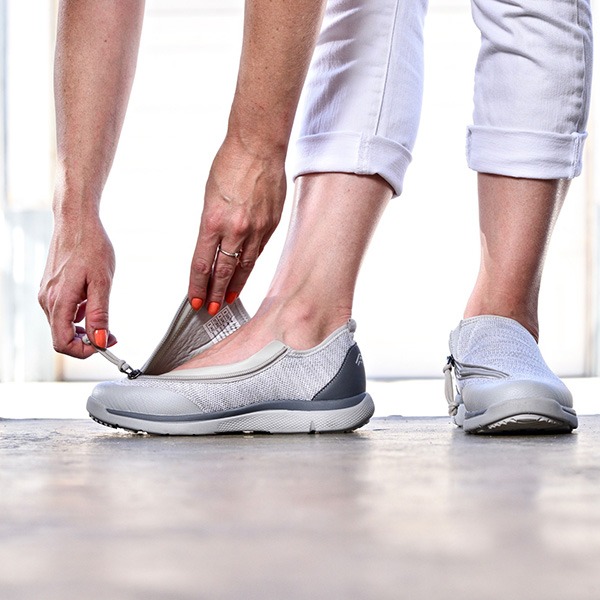Transformation of the Foot Morphology
As people get older, they experience changes in their foot morphology. If they don’t alter their shoe size combined with these transformations, older people — many of whom choose the wrong sneakers — suffer, among other things, anxiety, apathy, loss of balance, and drops, according to a study by the University of A Corua.
In 2015, a study was conducted by a team of researchers with an average age of 80 among the study group. The team analyzed whether the changes to foot, changed their tolerance for pain, directed to the shoes being used by them, and morphology that occurs in individuals. They concluded that the majority (83%) didn’t use the correct dimensions and that, on occasions, they should have been using another size for every foot.
Daniel Lpez, a scientist at the University of A Corua who headed this study, explains: “During this stage of life there are changes in foot morphology involving increased width and length, as well as changes in pain tolerance, connected to age, and also the loss of muscle mass and fatty tissue on the toes. ”
A new study headed by Lpez on the health of individuals analyzed the consequences of this shoe option for the very first time.
“Due to individuals’ lifestyles at this age, they can use shoes that are harmful to their toes. This, combined with the risk of chronic diseases like vascular diseases, obesity, diabetes, or rheumatoid arthritis, causes a worrying increase in foot problems among elderly people between 71% and 87 percent. This means having to seek medical and podiatric care more often, as it affects their functional capacity and quality of life” the scientist explains.
Reduced liberty and wellbeing
The participants in this research project were volunteers in the Podiatry University Clinic with an average age of 75 years old at the University of A Corua.
Their results reveal that men and women who use the correct shoes have a better quality of life in most areas related to foot feature pain, footwear, food health, general health, physical activity, social capacity, and vitality.
The most common disorders are toenail malformations, bunions, foot bone deformities keratosis, and feet. “This frequently leads to chronic pain, illnesses, limited mobility when walking, anxiety, apathy, social disturbances, changes to stress distribution in ft related to loss of balance and drops, which as a consequence negatively affect health, independence, and well-being” Lpez advises us.
These individuals should use flexible with straps or velcro, appropriate footwear, in other words generally wide-fit sneakers, and rubber soles to prevent slipping and falling and, subsequently, if walking, reduce the impact.
“Additionally, routine visits and observation on the part of a podiatrist will help prevent, control and lessen the look of foot diseases and deformities, improve autonomy and, in summary, improve people’s wellbeing” Lpez concludes.







